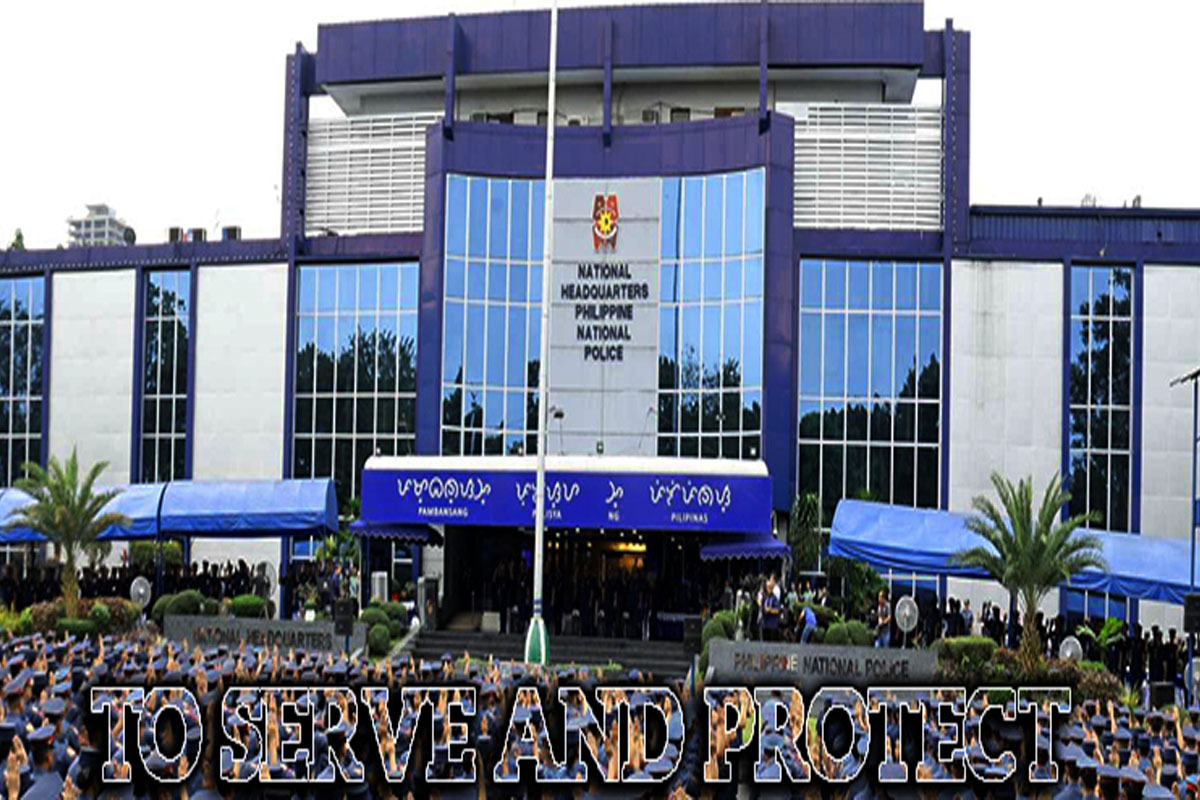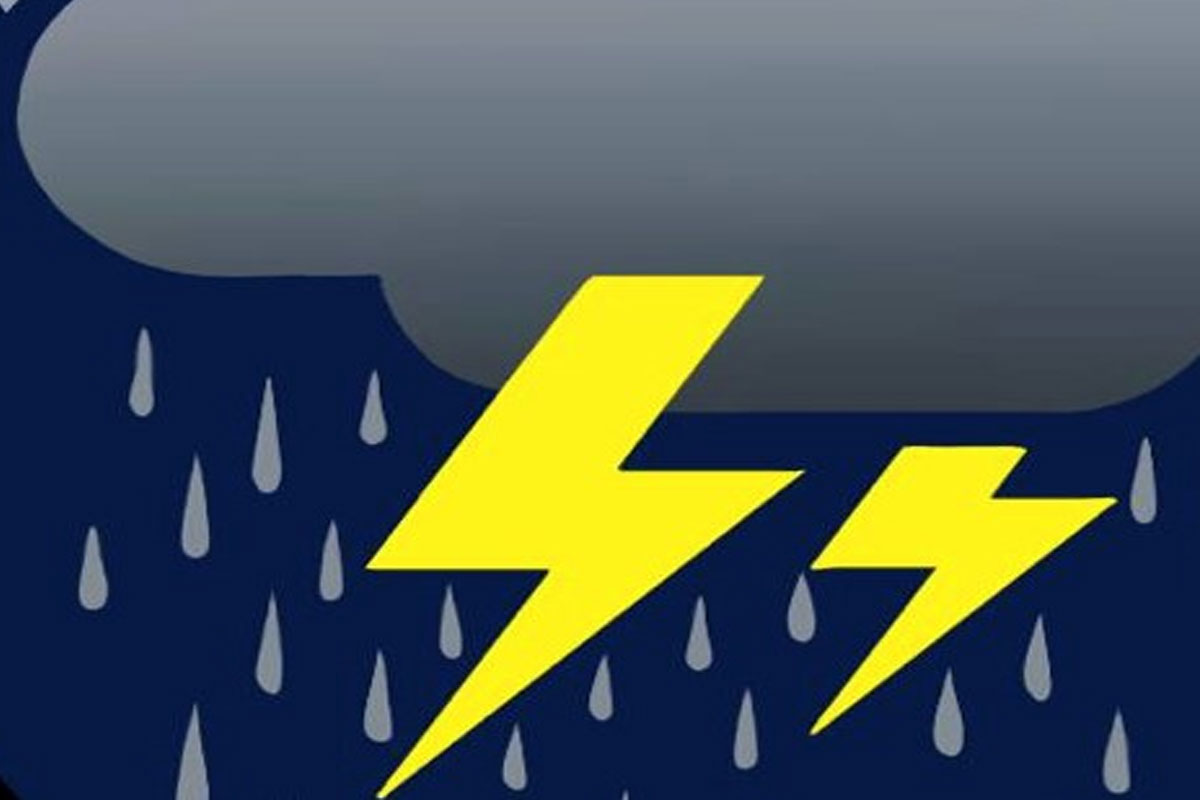
DENR: Readiness for man-made forest fires crucial
EXISTING forest fire prevention measures must be reviewed as man-made forest fires increase during the dry season.
This was the order issued by the Department of Environment and Natural Resources (DENR) acting Secretary Jim O. Sampulna to the agency’s field officers as part of their continuous efforts to beef up its partnership with the Bureau of Fire Protection (BFP).
“Forest fires are mostly fueled by human activities, making it imperative for us to recalibrate our response readiness and forest fire prediction alertness to pre-pandemic levels, which calls for tighter coordination with people’s organizations and family beneficiaries of the National Greening Program,” Sampulna said.
The BFP has been conducting cluster training for DENR’s field personnel and implementers on the various aspects, technicalities, and principles of the forest fire.
The BFP-trained DENR field personnel conduct forest fire preparedness and response training with DENR-engaged upland communities in its various programs, particularly those covered by the Expanded National Greening Program (ENGP) within their respective areas of responsibility.
“The field offices and communities are considered our frontliners in combating forest fires. The first line of defense against forest fire is to avoid starting a fire,” Sampulna said.
Man-made forest fire is usually a result of “kaingin” or “slash-and-burn farming”, smoking of honeycombs to gather honey, cigarette butts, and other forms of activities that involve fire.
As national case trends of COVID-19 continue to decline, Sampulna said the easing of restrictions on movements of people in many parts of the country is also likely.
Based on the record of the DENR-Forest Management Bureau, forest fire incidents went down to 429 in 2020 from 1,282 in 2019.
The DENR-FMB attributed the decreasing number of forest fire incidents to strict COVID lockdown measures in the country.
In 2020, 389 of the 429 outbreaks occurred in plantation sites under the ENGP, covering 7,830 hectares valued at P119.3 million.
40 outbreaks occurred in natural forests, or forestlands populated with naturally growing indigenous trees, where some 1,278 hectares were affected with estimated damages of P4.27 million.
In 2019, however, 1,282 outbreaks were reported (1,205 in ENGP sites; 77 in natural forests), affecting 24,091 hectares (22,3723 hectares in ENGP sites; 1,719 hectares in natural forests), with damage cost of P417.9 million (P396 million in ENGP sites; P22.2 million in natural forests).
Meanwhile, BFP Director Louie Puracan underscored the pivotal role of DENR-partner communities in forest fire prevention and detection, saying the preparedness of DENR field officers and partner communities “gives them precious lead time to respond accordingly” to a forest fire outbreak.
“A protocol is already in place for the BFP, including other appropriate agencies such as the DENR and the concerning disaster risk and reduction management council to respond,” Puracan said.


















